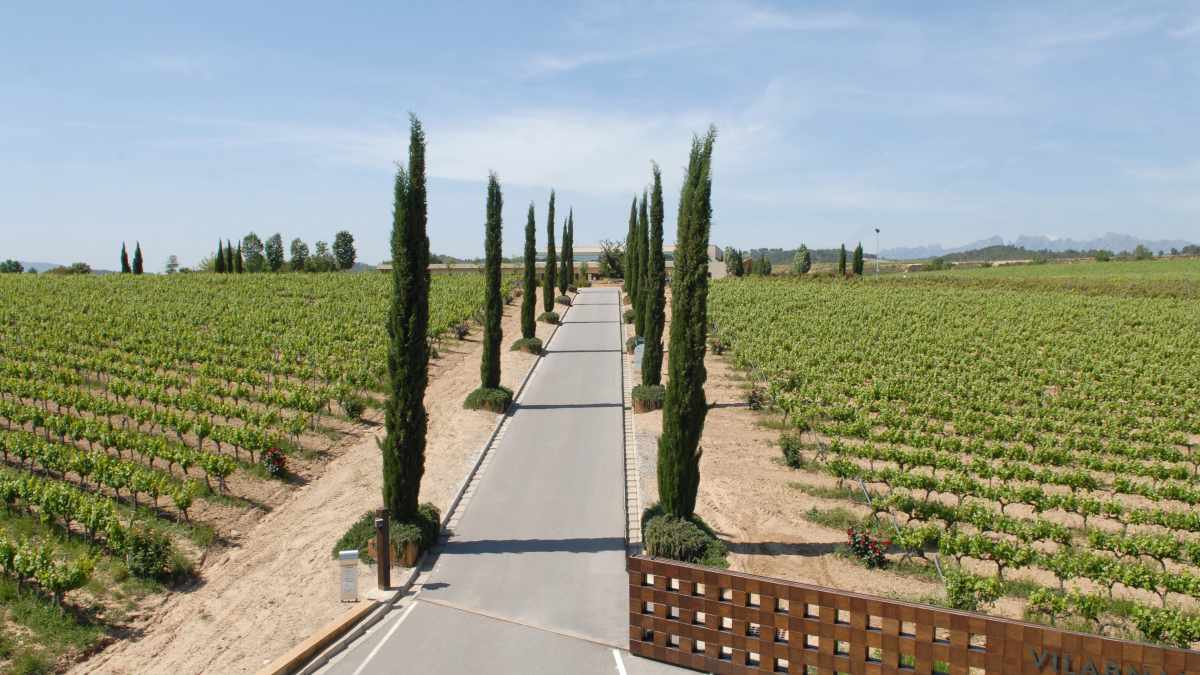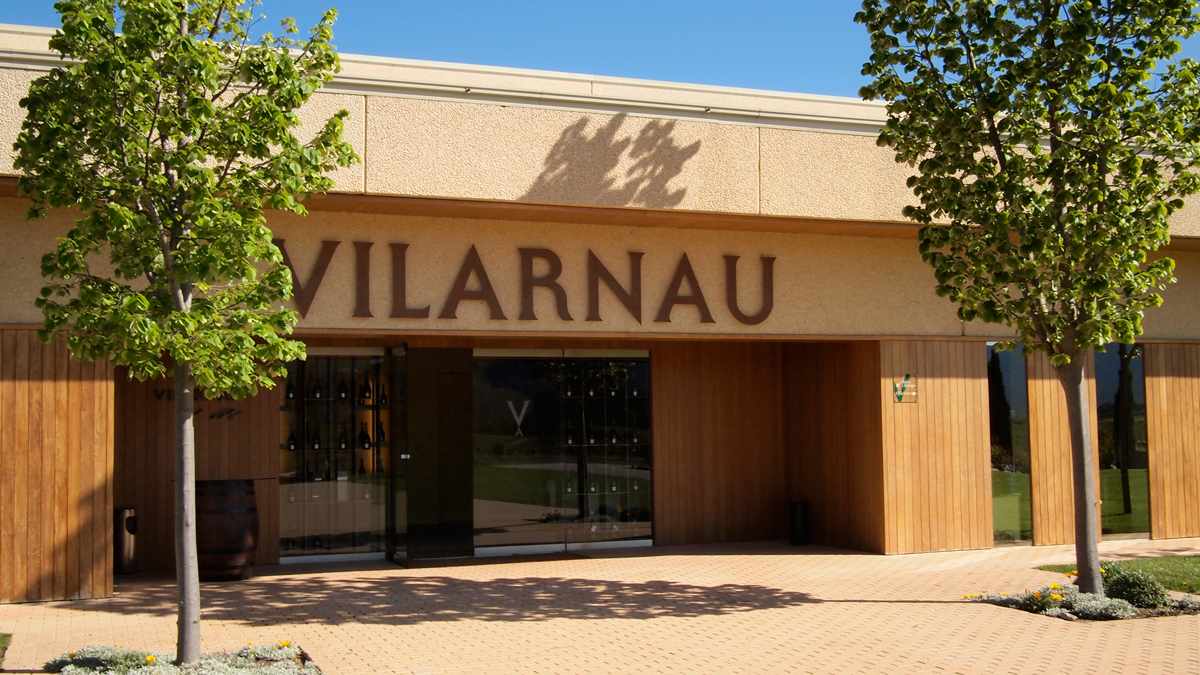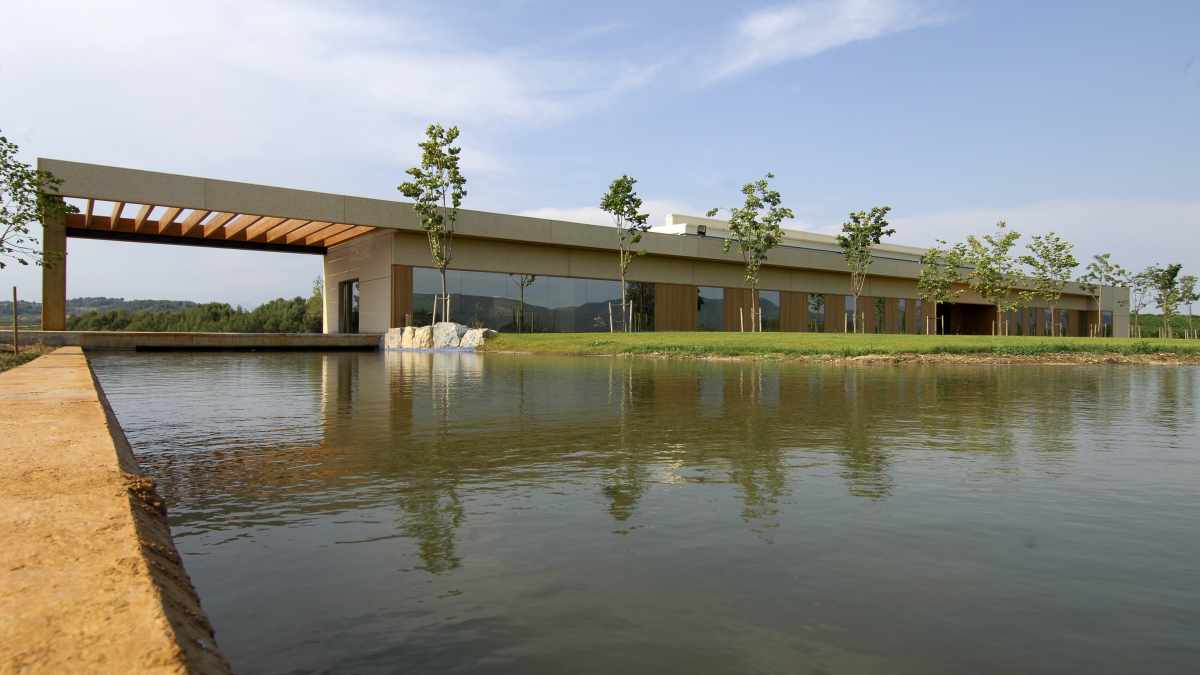History
A small, artisan and cutting-edge cava winery, near Barcelona
Members of Spainish nobility, the Vilarnau family settled in this special place that is Penedés in the 12th century. Vilarnau is a contraction of the latin, Vila Arnau, in other words the Arnau family’s “country house, or Domus”. Formerly it stood within the estate of the Castillo de Subirats (Subirats Castle) where vines were already being grown in the 12th century. Albert de Vilarnau, whose name has been given to what is currently the brand’s most exclusive cava, was the singular character who was responsible for increasing the family’s power back in the 14th century. He was also a patron of the church of Santa Maria de Vilarnau.
The first cava labelled Vilarnau was created in1949 when the owners first sold a cava made from grapes that had been grown on the “Can Petit i Les Planes de Vilarnau” estate, for centuries. Since then Vilarnau has been associated with excellent cavas, made to exacting quality standards with impeccable attention to detail.
In 1982 Vilarnau became part of the González Byass family of wineries. The new winery was sited right at the centre of the estate, with a new era of winemaking, which began October 2005. The winery’s modern design is by architect Luis González. Straight lines are a dominant feature of the building which, through the abundant use of glass, blends in to with the beautiful Mediterranean surroundings in a most stunning way. Three main elements help the building integrate into this environment: water, which runs around the outside of the building and is in fact collected rainwater, the glass used for the windows and the oak used on the external walls. The interior has been designed largely by the eminent artist Antonio Miró, creating a warm, welcoming atmosphere.



